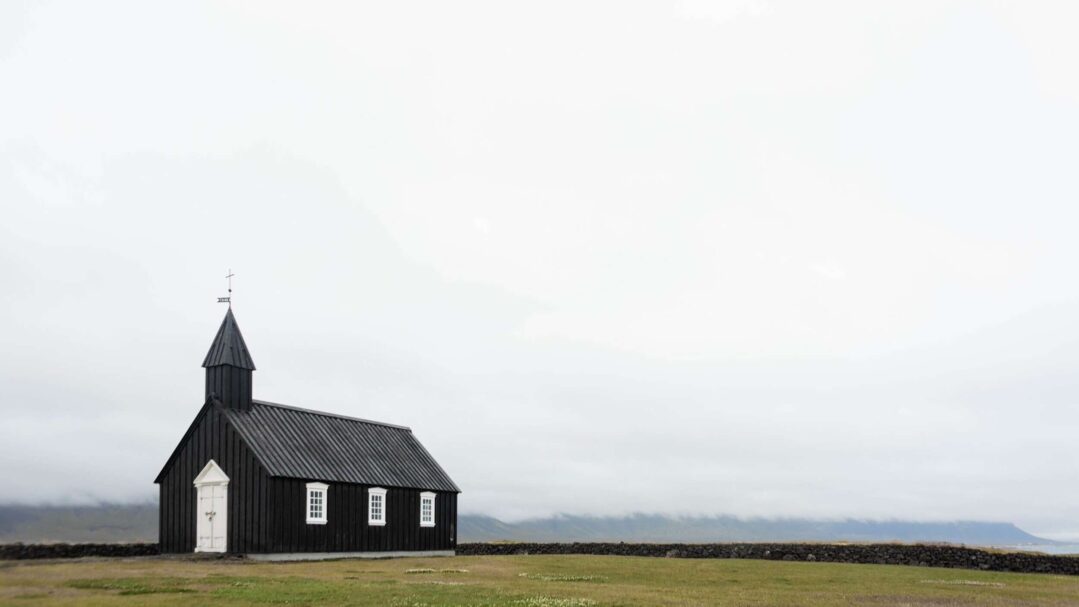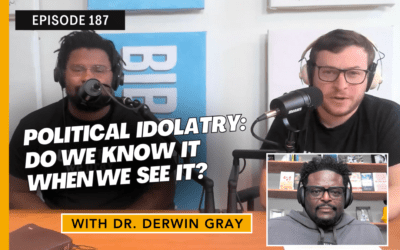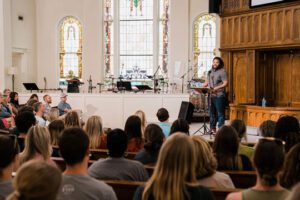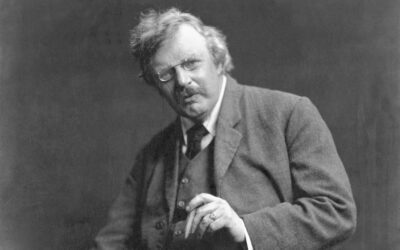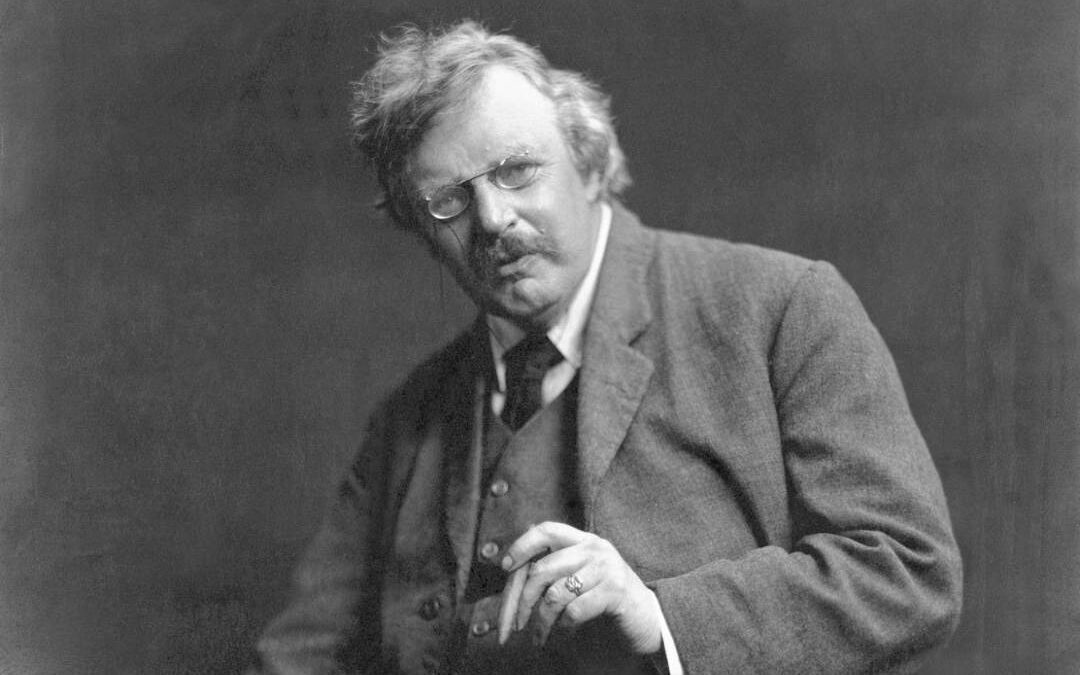Gospel+Safety+Time and Reconciliation
Gospel+Safety+Time. This combination of words comes from a short book written by Ray Ortlund called The Gospel: How The Church Portrays the Beauty of Christ. In this book, Ortlund explains the difference between gospel doctrine and gospel culture, and he demonstrates that if a church is going to display the beauty of Jesus then the presence of both doctrine and culture are vital and necessary in the life of the church. Without one or the other, the church presents a distorted picture of the gospel.
Though not necessarily a book on race or reconciliation, those involved in such ministry will be encouraged to remember by what power change occurs. Creating a gospel-saturated culture and allowing God to change people is still our greatest and only hope.
Ortlund shows how Peter in Antioch had the right doctrine without being shaped by that doctrine. In fear of the Jews, Peter decided to not eat with the Gentiles, and that showed how his relationships with others were not shaped by what he knew and believed about Jesus and even experienced from Jesus. For Peter, according to Ortlund, “[T]he problem entered in not at the level of doctrine, but at the level of culture. It started with personal fear, not with reading a bad book of theology.”(1) So, in a context where many predominately white evangelical churches might affirm and even prioritize gospel doctrine and yet struggle or fail to see the gospel shape their culture when it comes to the issues of race and the experiences of black and brown brothers and sisters, what does it look like for a church to have gospel doctrine and gospel culture when it comes to pursuing reconciliation? How can a church connect gospel doctrine to gospel culture so as to engage difficult issues like racism and reconciliation without responding either in resistance or fear?
Three concepts, working together, flowing out of the truth of the gospel can shape the culture of our churches in ways that reflect the character of God: Gospel, Safety and Time. Ortlund says, “[T]he people in our churches need multiple exposures to the happy news of the gospel from one end of the Bible to the other; the safety of non-accusing sympathy so that they can admit their problems honestly; and enough time to rethink their lives at a deep level, because people are complex and changing is not easy.”(2) What might this look like?
Gospel
A culture with multiple exposures to the gospel must realize that the gospel is good news for a variety of people with a variety of experiences. The many facets of God’s character displayed in the gospel shine into spiritual darkness in different ways, drawing all kinds of people to the risen Christ. Where the gospel begins with God, it reveals to us a holy God who hates iniquity and who hates injustice as a result. He gives rest to burdened sinners and He hears the cry of the oppressed and the downtrodden. The gospel comes to spiritually dead and sinful humans who are also ethnically diverse image bearers of God and the crown of His creation. Where the gospel addresses the problem of sin and evil in this world, it speaks to both personal and systemic sin; individual and corporate sin. It speaks to the ways that people commit sin and are sinned against. Where the gospel is proclaimed in the ears of it’s differing recipients, the gospel lowers the rich to boast in their humiliation, while it elevates the lowly encouraging them to boast in their exaltation (James 1:9–10).
Furthermore, the gospel tells us that through Jesus’ resurrection, God will begin the renewal of all things in this entire created order, and He will eradicate all sin and its effects in everything from our souls to our systems. What would it look like if in providing multiple exposures to the gospel, our churches didn’t just preach the gospel as a doctor would speak generically about medicine, but sought to address how the gospel is a specific solution for specific sinful realities? At times our gospel may serve as a pain reliever for the injured, an antibiotic for the infected, and a stimulant for the weak and weary.
Safety
What would it look like for black and brown brothers and sisters to bring our burdens into churches that were committed to being places of safety instead of scrutiny? Sometimes people are more committed to arguing and analyzing our burdens rather than bearing them. If every follower of Jesus is being sanctified by God’s Spirit and conformed into Christlikeness in and through all of the things that we regularly face in this world, then our experiences with race in America and our processing of them are included in that. Nobody wants themselves or their experiences to be handled like problems to be solved, philosophies to be argued, or political issues to take a stance against. We need churches that have categories for the sins that we face along with consolation and capacity for the spiritual, emotional, and even physical toll that they take on people, all while extending the grace and truth of the gospel, sympathy, and love.
Time
Change usually doesn’t happen overnight. Depending on the day, sanctification can feel like a dripping faucet or a waterfall. In addition to this, our nation along with many of its churches have been navigating the issues of race for centuries with relatively slow progress at times. Many evangelical churches often talk about being patient with those attempting to understand the issues of race, but what would it look like to be patient in walking with those wounded by racism and those who bear the burden of it? Many times black and brown Christians are met with gaslighting or the gaze of one looking at his wrist-watch, as if to say, “When will you get over it?” When it comes to addressing and processing race and racism, pursuing reconciliation, building trust, and understanding one another, we need churches that are committed to pursuing unity for the long haul where change occurs both as a drip and a deluge, not just during the intense moments of injustice. Healing doesn’t always happen quickly. Forgiveness is not a virtue signal. In the longstanding fight against racism and the fight for reconciliation, churches can be communities committed to patience and endurance for the reconciling power of the gospel and the dignity of image bearers.
Conclusion
This isn’t an exhaustive way that Gospel+Safety+Time can help our churches in developing gospel Culture, but the purpose of this article is to focus on what a culture of Gospel+Safety+Time could look like through the lenses of black and brown Christians who face the realities of race in our contexts. So often black and brown Christians in predominantly white churches are required to assimilate into the church’s existing culture instead of the church developing a gospel culture that meets its diverse members with a lot of gospel, safety, and time in specific ways that will help everyone see the beauty of Jesus in how He draws all kinds of people to Himself.
(1) Ray Ortlund, The Gospel: How the Church Portrays the Beauty of Christ (Wheaton, IL: Crossway, 2014), 87.
(2) Ibid., 72.
Prayer Requests:
- Pray that churches pursuing and prioritizing gospel doctrine would see the gospel transform it’s culture.
- Pray that churches would become places of safety rather than places of scrutiny for everyone who desires to come to Jesus with their burdens.
- Pray that church members and followers of Jesus would see and commit to the work of racial justice and reconciliation as a part of our life long sanctification.

